“This was a Wake-up Call”: Creators on How 2020 Has Shifted Their Approach to Comics
Let’s agree on something from the start: 2020 has been a year of change. Whether you’re talking about the sprawling impact of the pandemic, the resulting economic crisis or the unrest related to systemic racism, 1 the only permanent idea within this year has been impermanence. What tomorrow brings is a guessing game, which makes today a nervy time as our ability to plan with confidence has been eradicated in the face of unceasing unpredictability.
It’s no different in comics, as the year has brought a chain of problems that have affected everyone in the industry, from publishers and distributors to creators and retailers. If you look at the direct market alone, the pandemic led to the temporary closure of comic shops and Diamond, which resulted in changes at DC in terms of distribution and the tightening of belts at Marvel and smaller publishers in terms of the cadence of release and volume of their comics, with that idea limiting available work for creators and the amount of product shops had to sell once they reopened.
There was a cascading impact just within that chain, and that’s ignoring other huge shifts both in comics 2 and beyond them, like AT&T/Warner fumbling the HBO Max launch which led to layoffs in the upper echelons of DC Comics. It’s a lot, and it reveals just how tenuous the perceived stability of the direct market really can be, as comics writer and TKO Studios Editor-in-Chief Sebastian Girner noted.
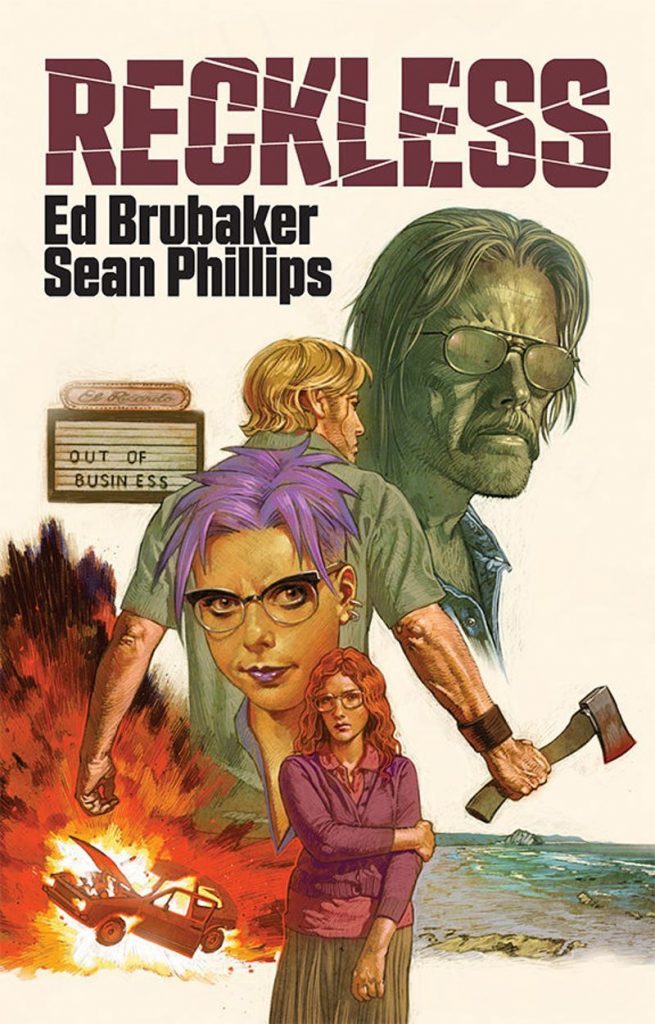
“From an industry standpoint, I think the rapidity with which publishers, from the Big Two through every mid-tier and smaller publisher, were kneecapped when Diamond paused distribution, shows how fragile a huge section of the industry and everyone that is dependent on it is, from publishers to comic shop owners, down to creators and readers,” Girner told me.
Once those systems started to break, everyone had to rethink what they were doing after depending on the relative stability of the direct market for so long. Most saw what publishers and distributors did as a response, and we’ve heard from plenty of retailers who had to adjust their business models on the fly. But save for some rather visible shifts in approach like Ed Brubaker and Sean Phillips embracing graphic novels, Scott Snyder betting on himself, a slew of notable talents embracing crowdfunding, and other unconventional moves like Quarantine Comix and James Tynion IV and Steve Foxe’s Razorblades anthology, the creative side has been a bit quieter than those other sections of comics.
The wheels are turning there as well, though, with plans changing, and quickly. Where they’re going, only those behind it know, which is why I reached out to a slew of creators to get a feel for what everyone is thinking in the face of such unpredictability. It’s important to consider, because the decisions made in the near future could dictate what’s next for comics, even if it might be a bit before we get there.
I don’t track such things, but if I did, I’d wager that I reached out to more people for this article than any I’ve ever written before. For the past few weeks, my email was a blur of messages, as I assumed there would be a decent portion of creators who wouldn’t want to participate even if I offered anonymity as a carrot. It turns out “secret plans” aren’t so secret if you tell people about them, and beyond that, we’re still only six months into the impacts of the pandemic despite it feeling like at least 300 years. Declining would have been understandable given the situation. I was correct in my assumption, but most everyone did give me at least a cursory thought on how their thought process for comics is shifting, even if they preferred to not connect their names to it.
Because of that level of participation, the range was spectacularly broad. There was a spectrum that went all the way from, effectively, “I’m not considering changes yet because it’s too early” to “I can’t tell you anything yet because the answer is yes and you’ll know what that means soon,” the latter of which was immediately followed by a supervillain-like “mu-wah-hah-hah” laugh. 3 Much of the response depended on how the events of this year affected each creator, as some – like artist Jen Bartel – saw limited impact. She was already working on a new project that’s still to come, so she just continued onward. For others, like cartoonist Declan Shalvey, the year has been one of constant, unrelenting change.
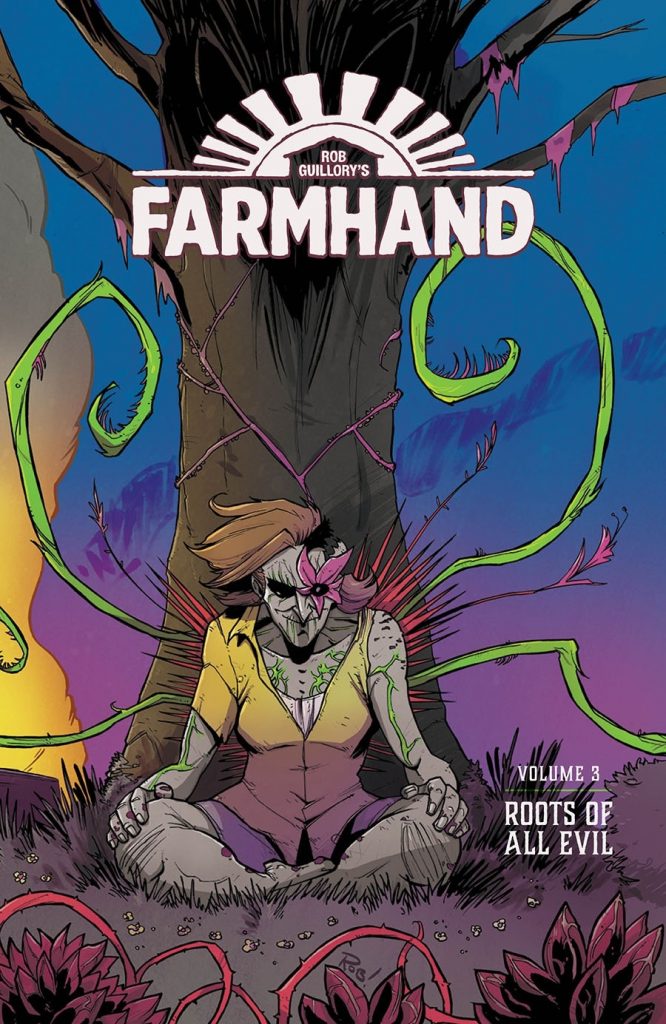
“There was roughly a two-month period where all the work I had felt was solid disappeared, and anything I tried to switch to just evaporated as I was trying to catch it,” Shalvey said. “Having to constantly hustle and readjust in the past months has been tiring and stressful.”
The point is, though, that there’s no definitive answer, if only because there’s no single experience these creators share. Some saw their work continue, business as usual, while others saw everything vanish before their very eyes, and everything in-between. And because of that variance, creators are avoiding a one size fits all answer to what comics might be to them. That was evident in the responses to my queries about whether the pandemic and related industry changes have shifted their thinking about how they might approach comics going forward.
Based on the response, it’s clear that contemplations are being made, and decisions are as well, as for some the events of the past six months have only acted as confirmation of previously existing beliefs.
“I was already considering changing my approach before the lockdown, but the last six months cements it for me,” cartoonist Rob Guillory shared with me. “It certainly feels like a smart move to at least consider a different way of doing things.”
How that’s happening depends on the person, but there were some themes that stood out. Perhaps the most significant one was a greater focus on self-reliance, and how in a time of such unpredictability, creating your own solutions instead of hoping a gig will be there when everything gets back to normal is the way to go. Writer Jim Zub is like Guillory in the sense that he was already considering changes in his approach. But the events of this year have “sped up the timeline” on plans he was already considering.
“I’ve wanted to move forward with crowdfunding projects but the stability I had in work-for-hire and traditional publishing made it easy for me to put that off and stick with what I know. The pause or cancellation of several projects in March and April was a reminder that so much of this stuff is out of my control and even huge companies with deep pockets can be shaken to their core by unexpected events,” Zub said. “Publishers are great, editors are wonderful, but not every project has to go through the traditional pipeline to be viable, especially now. Opportunities can arrive but they can also be built.
“Comics has always had a Do-It Yourself ethos and I think it’s important for creators to remember that in these shaky times.”
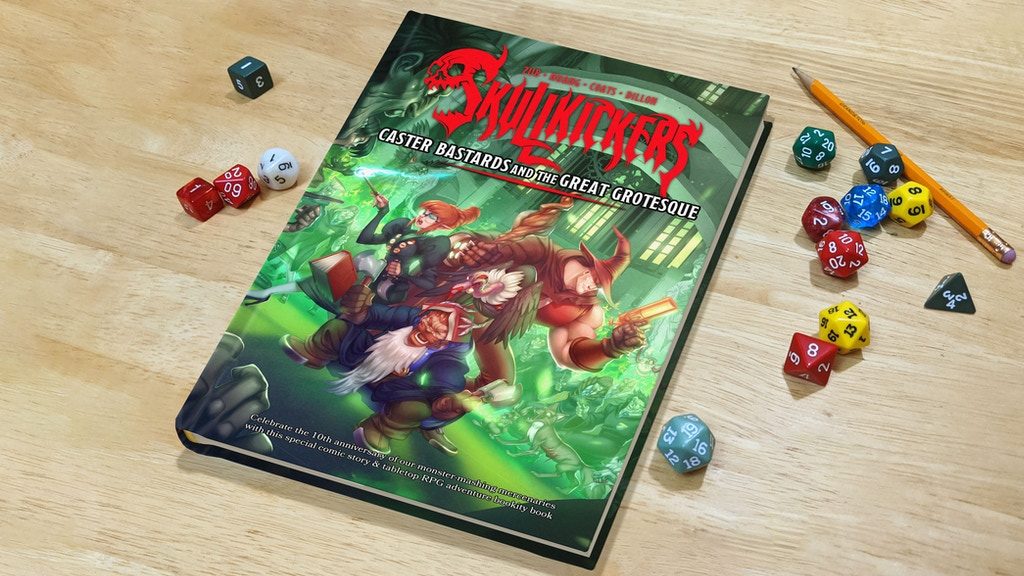
For Zub, that’s manifesting itself quickly, as the scribe is celebrating the 10th anniversary of his creator-owned series Skullkickers with a book that fuses a new comic in that world with a tabletop RPG. It’s an ideal pairing for the creator, as it marries the two biggest attributes of his brand – fantasy stories and RPGs – into a crowdfunded project on Kickstarter. Instead of waiting for opportunity, Zub is making his own.
Writer Vita Ayala is thinking along those same lines. They shared that this stretch resulted in a real loss of work, with “quite a few” of their projects getting “paused or canceled (or paused then ultimately canceled),” resulting in both disappointment on a personal level 4 but also a scary present as a professional. Their home of New York City is not cheap, and a loss of work “means I struggle to pay my bills.” That’s why these changes only furthered Ayala’s desire to experiment more with their work.
“You know, it has in so far as it has cemented in my mind that I want to be doing more creator-owned stuff and playing more with formats,” Ayala said. “I was already playing with this idea, but it is hard to feel secure enough to slow down on licensed work (if) you are worried about not getting more opportunities in that arena.”
Ayala wasn’t the only one fretting about the disappearance of projects they believed were stable. Colorist Brian Reber shared he primarily tried to work “for the larger publishers for what I thought was security,” but once the pandemic interrupted distribution and then production, Reber decided to “pick up (work) at more places so that my eggs are not all in one basket.”
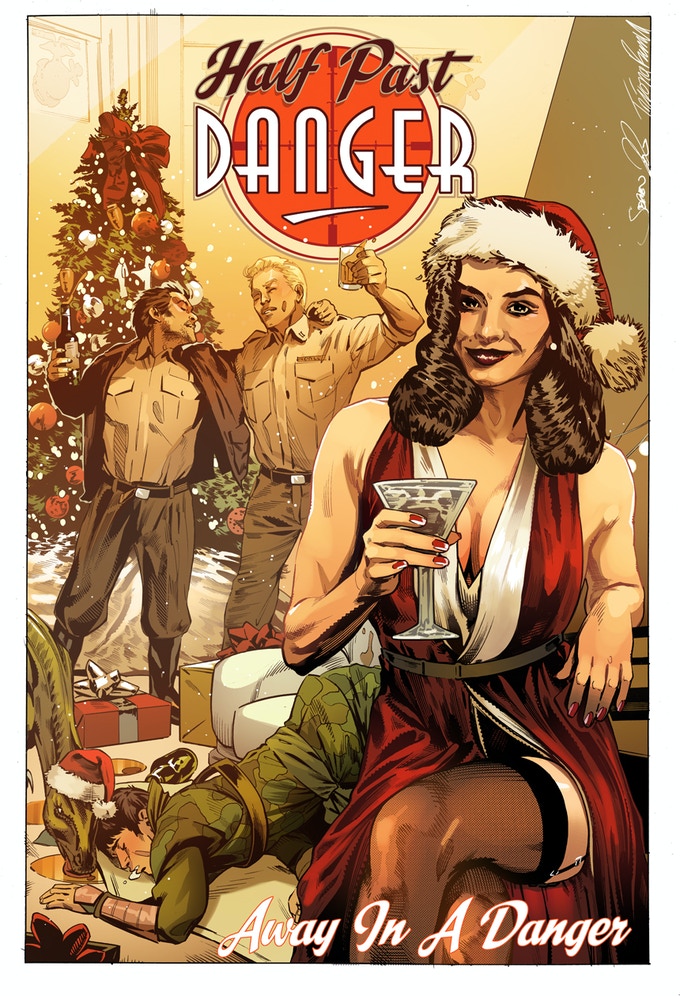
Reber’s thoughts underline another key theme amongst creators, and that’s how they’re looking into diversifying their typical projects, approaches, formats and publishers. For some, like colorist Kelly Fitzpatrick, that means leaning into other formats, whether that’s graphic novels or digital projects. For others, like cartoonist Stephen Mooney, that could mean expanding the scope of what you might consider rather than changing completely. This period has made him “more acutely aware that” traditional approaches aren’t “the only game in town,” especially after a notable for-hire project was put on hold and a Kickstarter of his thrived.
“The more control we can exert as creators over our own product and destinies in these uncertain times can only be a good thing,” Mooney said.
That could mean finding the right answers for each project instead of relying on existing models, like writer/artist Liana Kangas is doing. Or it could mean reconsidering the length of your stories, like writer James Wright is in hopes of limiting risk and maintaining the upside of a project. Diversifying what you do and how you do it allows for greater self-reliance, which is like a creator superpower in a time like this.
This expansion of thinking was a very common idea amongst those I talked to, as the instability of the direct market has been breaking them of the standard, “I have a comic, so let’s publish it and sell it at comic shops” structure. Now, it’s worth noting that this was already a shift that was happening. But the pandemic was like pouring gasoline on a smoldering fire: it accelerated what was already there.
“I’ve been saying for years that it’s best for all of us to broaden our horizons, to reach as many readers as we can, wherever they want to discover our stories in whatever format or medium engages them,” writer Brenden Fletcher told me. “I feel like this pandemic has now taken that line of thinking mainstream.”
For most of those I spoke to, these changes meant moving away from their norms. For others, like cartoonist John Allison, it meant returning home.
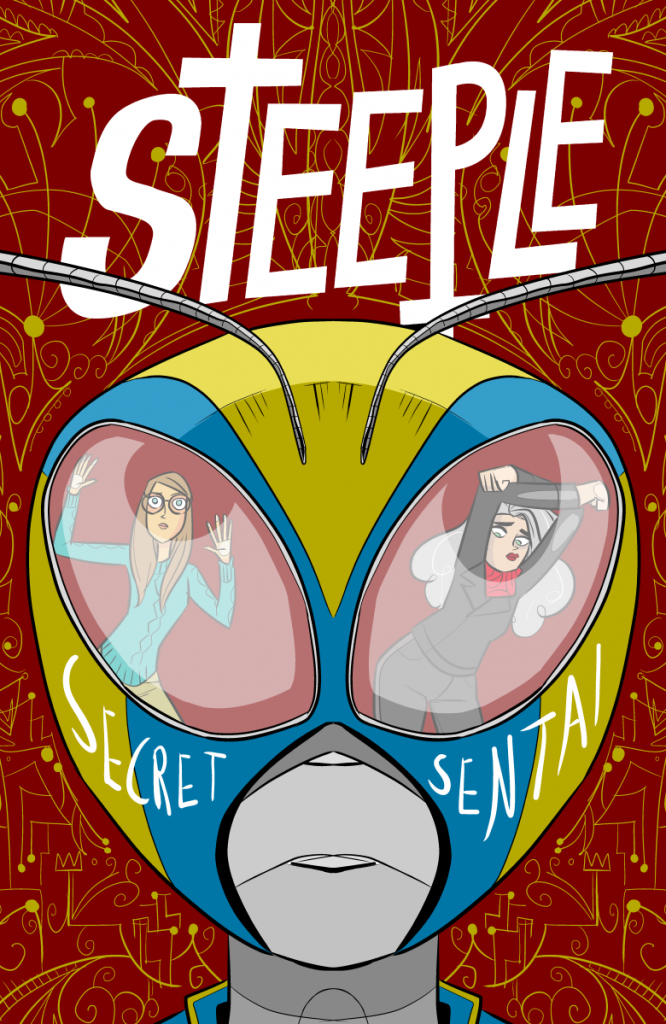
“When comics stopped shipping, I reverted to making webcomics, I set up a Patreon, classic ‘keep the wolf from the door’ behavior,” Allison shared. “In a worst-case scenario, maybe royalties or advances wouldn’t get paid because companies were obviously going to have cashflow issues. I can write, draw, color, letter – I just got on with making stuff.”
That was the key. Everyone I spoke to is a capable creator, and someone who had ideas aplenty to bring to life. While Allison is correct in that “things didn’t turn out as bad as they could have” in the direct market, it was still important to find solutions for how they might turn these ideas into actionable, financially supportive projects if they needed to. They’re doing that.
But for some, this was a creative problem as well, as this shift resulted in a commensurate drift in the kinds of stories they wanted to tell. For writer Torunn Grønbekk, that’s where the most significant shift has come.
“To some degree, we find ourselves united in fatigue — we’re all seeing the slow death of sanity, self-evident truths, and irony in real-time. What’s shocking one week is dull the next, ancient history in a month,” Grønbekk said. “And when it comes to writing stories that are going to enter a publishing pipeline that might see them come out a year from now — what does the world look like then? I have no clue, and this disconnect with the future (that has arguably always been there but is very evident right now) makes it harder to craft stories that will resonate, both to the reader and future-me.
“So, I’m exploring new genres (for me, at least) and thinking about scope a lot—both in terms of the length of the story, but also the focus.”
Cartoonist Zander Cannon is with her, as the veteran creator is looking to wear his heart on his sleeve a little more in his work. This is a feeling that’s been stewing in him for a while – ever since Donald Trump was elected President, in fact – but it’s only grown since then. It’s even led to Cannon endeavoring to “warm” his series Kaijumax “up a little,” as he believes its “tongue-in-cheek satire” is “suited to more conventional times” than the ones we’re living in.
That shift in content is the third pillar spinning from 2020’s seismic changes, and it makes sense that these three themes would lead the way for creators. After all, in a time where control is wrested from you, what do you do? You become more self-reliant. When you can’t publish comics the normal way, what’s the appropriate response? You find new ways to release them. When the world has become a darker place and one that’s filled with disinformation, how might stories change? By embracing new ideas and sincerity.
Those pillars could be the guiding light of what’s next, but how they might come into this world is a different story altogether.
While the vast majority of those I spoke to are reconsidering how they approach comics, not all of them had made concrete decisions about the shape of those projects. A decent portion shared that this stretch is more about keeping an eye on how things are changing in a broader sense, choosing to react rather than be proactive in an aggressive way. That’s understandable, if only because so much could still change. What if another spike hits and the world changes again? It’s hard to reenvision your approach when you have little idea about what tomorrow might bring.
But for others, their thoughts are more specific, even if they’re wrestling with questions that have always been there to a degree, only exacerbated by the turmoil we’re facing today.
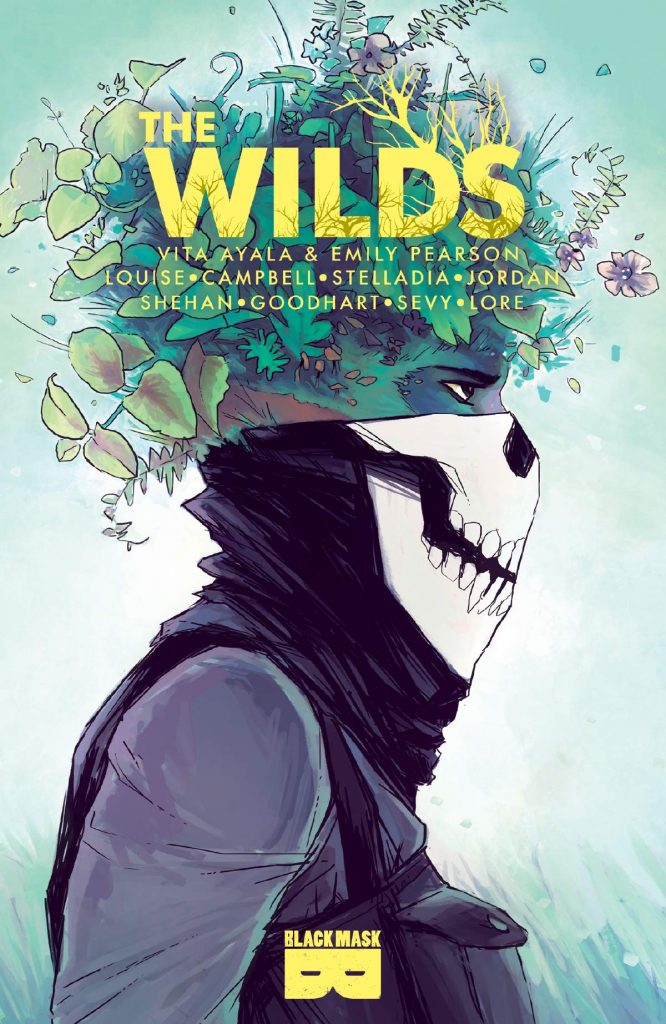
“The chaos right now is the chaos that’s I’ve always sensed: Is this publisher going to be around in a year? Are there enough readers to support this series until it’s done? Will people seek it out when it’s difficult to find? Should I publish (and store) these books on my own?” Cannon said. “I do think all these shakeups are going to force creators like me to really reckon with where their support lies and maximize it.”
Ayala’s in the thick of figuring that out right now. As much as they love the standard comic format, Ayala is taking a long look at whether that’s the only way they want to release their work going forward.
“I love monthly comics, but they are a completely different puzzle than things like original graphic novels, webcomics, Kickstarted projects, etc.,” Ayala told me. “I want to experiment with format more, because it is clear to me that relying purely on one way to put out stories is tenuous at best.”
Fletcher agrees entirely, sharing how he’s keeping “an eye on conversations surrounding access to and availability of our content as well as the readership’s shifting preferences in format.” Because of all the impacts in the market with shops and readers themselves, Fletcher believes that the floppy comic format “seems like a riskier proposition than ever during these challenging times.”
And that makes sense! We’re living in the era of the binge, and the cadence single issues are released at and the chunk of story they deliver have started to feel like an artificial ceiling for the medium rather than a broadly attractive format. 5 Surround it with swirling uncertainty across all related players, and it becomes even dicier. That’s why so many I talked to are considering options outside their typical comfort zone. Just listen to this week’s Off Panel podcast to hear it from one of the most popular creators in comics, as even someone like Scott Snyder is completely rethinking his approach. Experimentation is no longer a radical way of doing things; it’s the standard, in a way. 6
Some are new to these ideas, but artist Marcos Martin has been on this train for years already. He and writer Brian K. Vaughan launched their pay-what-you-want, do-what-you-want digital comics platform Panel Syndicate in March 2013, making this duo veterans of the mad science method of comics. While Panel Syndicate has attracted other creators throughout the years – including Albert Monteys, Alex de Campi, and most notably, Ed Brubaker – interest has largely been intermittent along the way. That’s changing. Martin revealed to me that the world is now hip to their approach, as “there’s definitely been much more interest in Panel Syndicate from all types of creators since the start of the pandemic.”
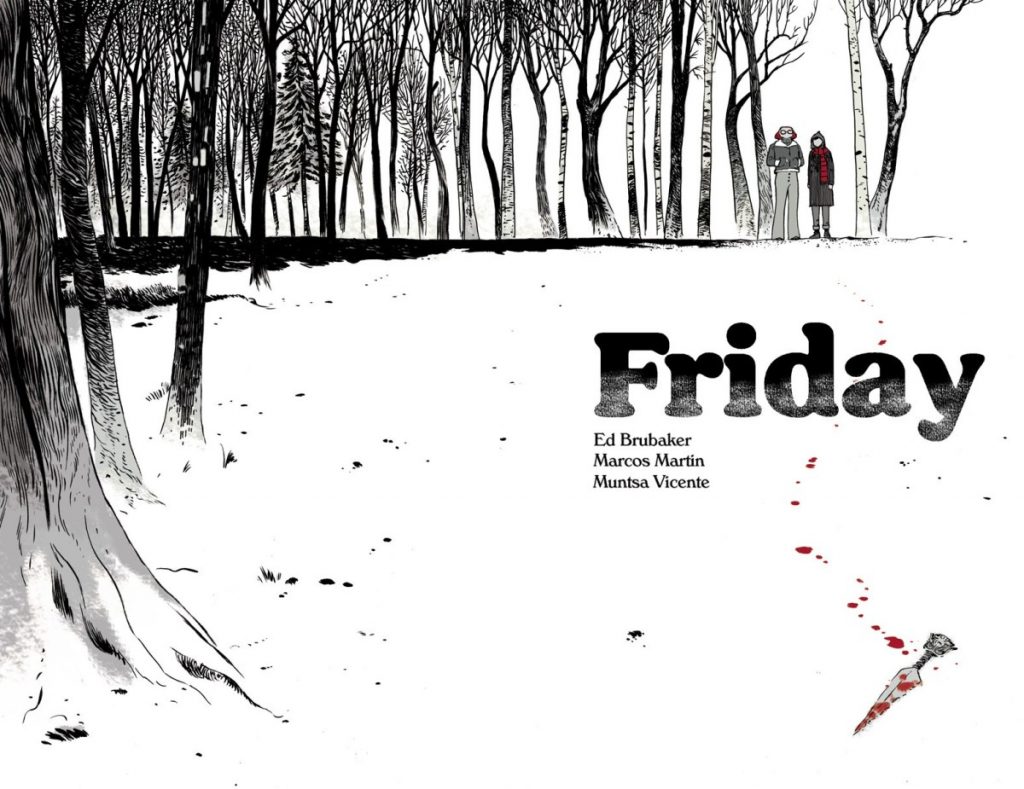
Now whether this interest results in more comics on the platform is uncertain, 7 the point is this: people are considering all options. Most of the discussion around this experimentation circled around three main efforts: digital, graphic novel/book market releases, 8 and crowdfunding. For some, that means one of the three. For others, like Kangas, that means everything is on the table.
“There are so many ways to reach intended audiences at this point. I am keeping my ear to the ground and testing out many ways that I generally enjoy reading comics as well,” Kangas shared. “Right now, I personally read comics on Webtoon, ComiXology, in print from local shops, even supporting creators directly through Gumroad downloads and ordering physical books. I’m not counting out any of these avenues for sharing my own work!”
Others are more specific. Wright is reliant on conventions, and he’s looking into alternatives for the short-term lack and long-term uncertainty of those events. He created something a friend called “Post Office Comic Con,” where he effectively crafted blind boxes to ship to people featuring his own work and a trade or two from his own collection, helping him make a little money and shift inventory he usually would at conventions. It was a nice success – albeit one he was skeptical of the even mid-term viability of it – that allowed him to curate experiences for friends and fans while delivering his work to people around the world.
Bartel has toyed around with the idea of starting a Patreon, 9 but she’s hemmed and hawed about whether “it’d be the right fit for (her) personally.” She did underline, though, that her answer could change if the quarantine is still on into 2021.
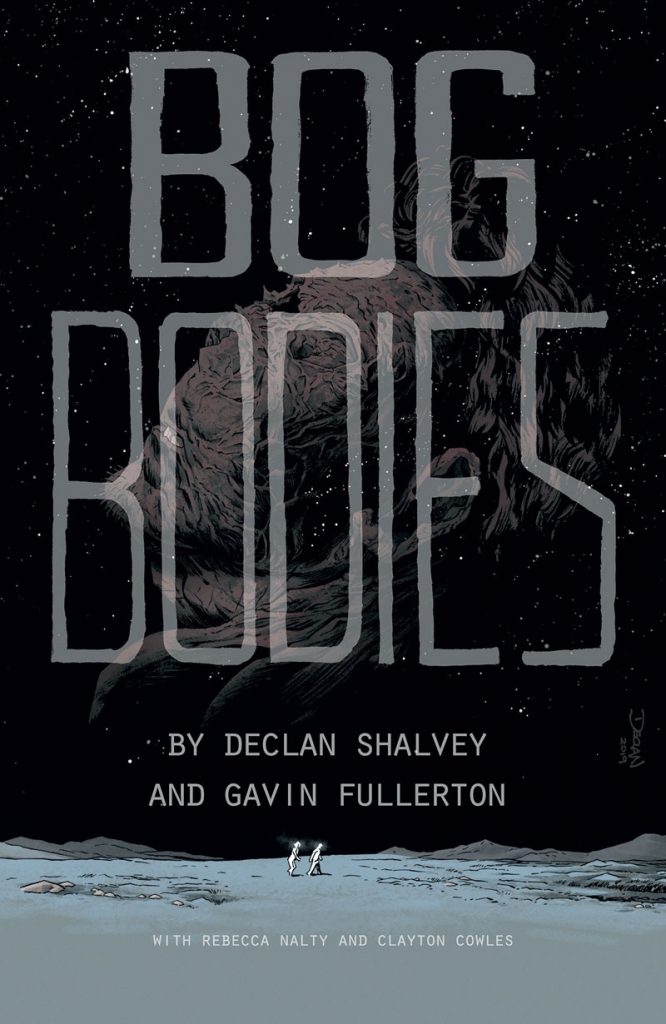
The most consistent mention was undoubtedly crowdfunding through Kickstarter. It allows for an ideal mix, as some echoed what Mooney had to say when he told me he wasn’t sure if he’d “ever go down the purely digital route, as I like to make things.” Going through Kickstarter allows for financial upside, a broad potential audience, and an actual, physical product at the end. That’s a win win scenario for your veteran comic creator, and we’ve seen that reflected in an increase in your typical direct market writers and artists embracing the platform.
Going back to one of our key pillars, the theme here is diversifying your sources of income. As noted before, Shalvey saw everything he was doing evaporate in a two-month span. This made him realize that “relying on one thing in an ever-shifting industry seems like a recipe for disaster.” That’s ensuring he keeps an eye on what’s working and what isn’t, and as he told me, “if there was a silver lining to all this,” it’s that “it made (him) re-evaluate (his) career priorities.”
Guillory is right there with Shalvey. While his current Image series Farmhand has been a success, he likes “the idea of approaching comic releases similarly to a book market release,” as he aims to publish about one trade paperback’s worth of comics a year. This would give him the time to do his best work and to expand his horizons with self-publishing efforts, book market releases or even TV projects.
“More than anything, it feels imperative I don’t keep all my eggs in one basket,” Guillory said. “My output has been almost 100% comics over the last decade, and it was a blessing to be able to earn a living that way.
“But times have changed, and I’ve got to remain as flexible as possible.”
While everyone wants to stay focused on comics, it came up fairly often that creators might look elsewhere if necessary. As Allison said, “You have to look at everything or look at getting out of comics! In tough times you have to be prepared to be agile and flexible…like the Spider-Man!” And if we’ve learned anything from Spider-Man, it’s that with great power comes great responsibility, even if sometimes that means being responsible for your own life and livelihood by moving in a different direction. 10
So for someone like Ayala, that might mean it’s not just comics on the docket, but writing prose or crafting screenplays or any number of other things. Ultimately, they found, the best way to protect yourself might be to give yourself more options.
“Diversify your portfolio, right?” Ayala said.
That certainly seems like a sound plan. After all, if your typical options dry up or become unpredictable, what do you do? Find different opportunities, or create your own, even. Zub underlined the importance of that, even as for-hire projects ramped back up with the direct market returning to relative normal.
“This was a wake-up call to make sure I have plans and back-up plans to keep working and always have outlets for my stories,” Zub said.
Our tendency as human beings is to return to the comfort of the familiar in the face of great change. And that makes sense. We lean on what has worked before because we assume it always will do so, just as it always has. But if 2020 has proven anything in comics – and the world in general – it’s that systems can break, and the cost can be significant for those who rely on them. While the book market in comics has been relatively stable during all of this, 11 the fragility of the direct market has been exposed to an even greater degree, revealing a house of cards with significant damage to its foundation.
I’m hardly advocating for revolution, by any means. But it feels more important than ever to be like the creators I spoke to and consider your options. Look elsewhere, and consider how writers, artists, cartoonists and beyond have created their own successes without depending on these structures. It’s like Girner told me: innovation is already happening, it’s just not in the places the “mainstream” 12 comics world looks.
“I feel true innovation always bubbles from the bottom up and a lot of the real work of developing the future of comics is being done by independent and self-publishing creators whether on Kickstarter, Patreon, or newsletters,” Girner said.
Many have taken inspiration from the work those creators have put in, even if it’s more built on general shape rather than stealing playbooks. 13 But the point of all of this is, it’s incumbent on those who work in comics to not just accept what works today as what will work tomorrow, because we’ve seen that isn’t necessarily the case. It’s more important than ever to find the right solutions for yourself before the ones you rely on go away. Because comics – the medium – will be here. It just depends on creators to find the right way to bring them to life and to connect them with an audience, even if it’s something completely unlike what you’ve done before.
Change is happening, though, and creators are rolling with the punches. So what does that mean is coming for comics? I’m sure it will be some combination of everything that already exists today, albeit with the levers moved up or down on some options to better reflect the world we live in. But if the average comic creator is approaching this new world order with the same open-mindedness and willingness to change as the ones I spoke to, then I’m confident comics will be in a good place, no matter how different it might look in the end. That’s a good thing for tomorrow, even if today is filled with such uncertainty.
And the painful, horrific manifestation of that idea.↩
Some comic shops permanently closing! More titles going digital first! Free Comic Book Day – the biggest sales day in comics retail – becoming an endless, easy to ignore wave of free releases on Wednesdays!↩
Implicitly, not explicitly.↩
Which was shared across the whole team, as Ayala said everyone they worked with was sad because they “were putting their hearts and souls into the work.”↩
I say that as a person who buys lots of single issues every week! Read The Pull each Wednesday!↩
Which sort of makes me wonder if it’s even really experimentation at that point!↩
Snyder admitted on the podcast he was exploring a Panel Syndicate project, but he was still debating it.↩
Instead of single issues.↩
Which would make a mint in a heartbeat, if only for “too hot for Twitter” Final Fantasy VII art.↩
Okay, we might not have learned that last part from Spider-Man. He’s actually pretty terrible at keeping his own life in a good place if I’m being honest.↩
Especially if you’re Dav Pilkey.↩
My quotes, not his.↩
The latter is the opposite of what should be happening.↩
